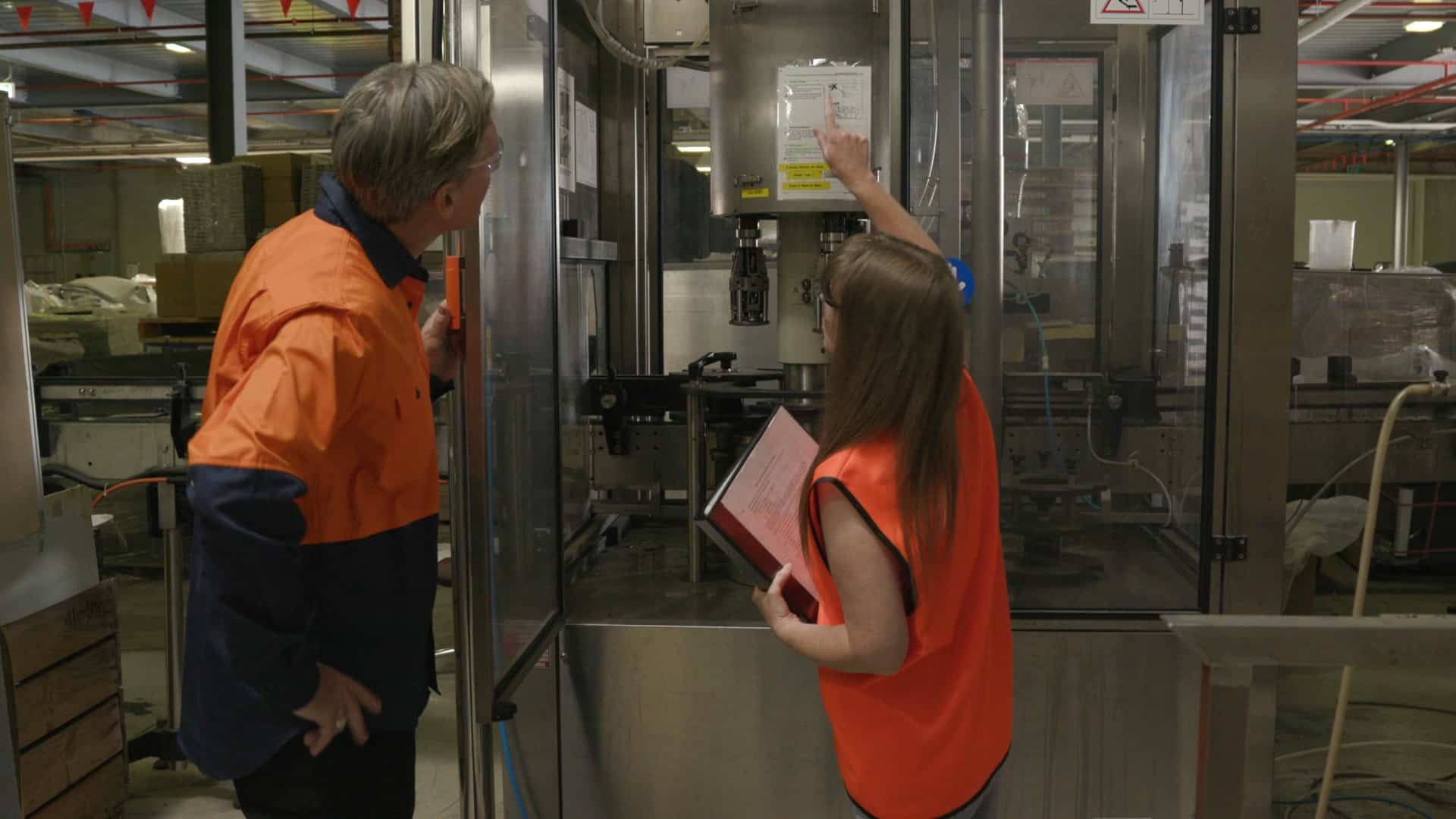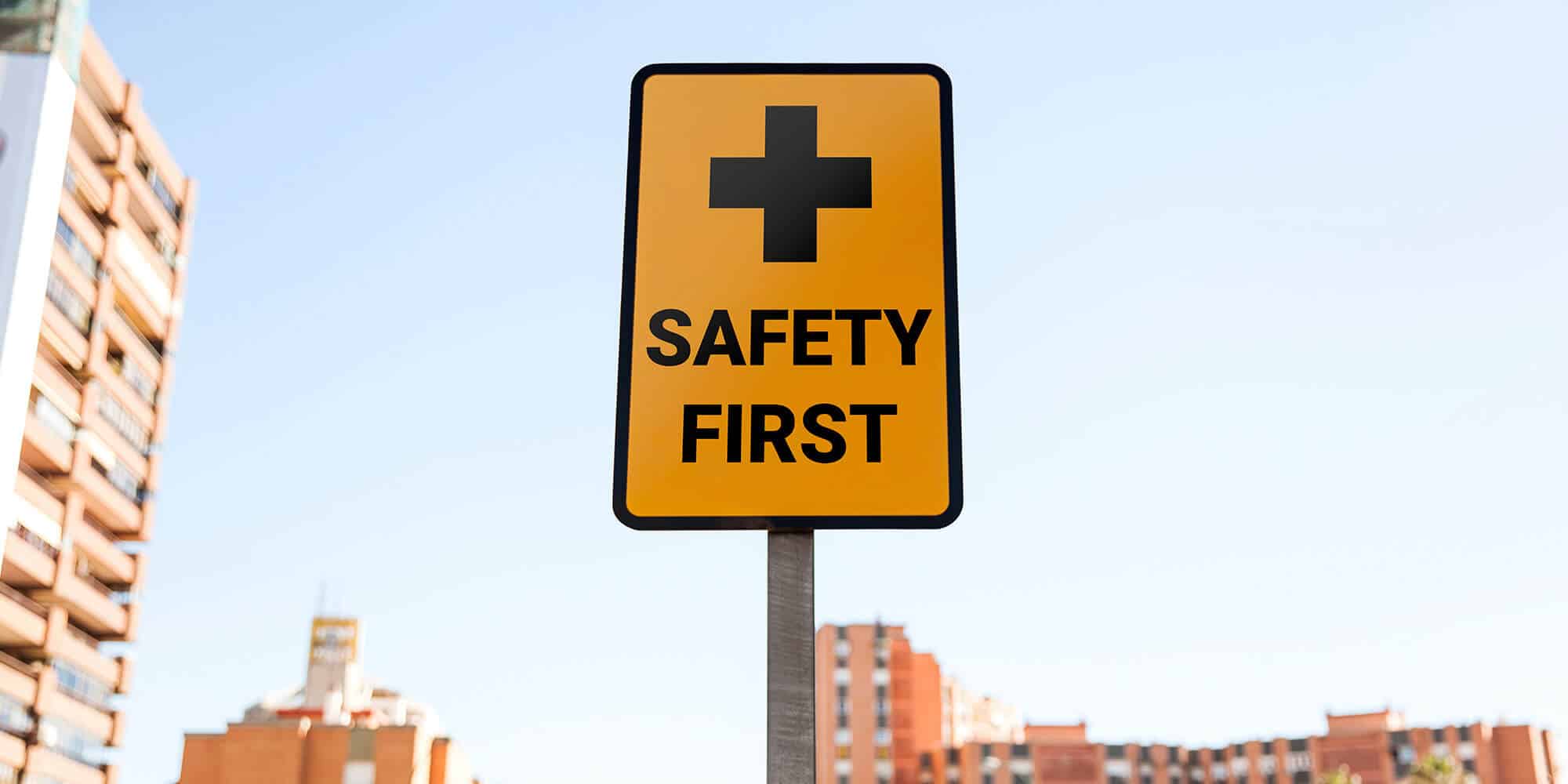Workplace hazards are potential sources of harm or potential causes of adverse health effects that can exist in the workplace. They can vary depending on the nature of the work environment and the tasks performed.
The identification of workplace hazards plays a crucial role in ensuring the safety and well-being of employees. Common workplace hazards include:
- Physical Hazards
- Chemical Hazards
- Biological Hazards
- Ergonomic Hazards
- Psychological Hazards
- Electrical Hazards
- Fire Hazards
- Radiation Hazards
- Fall Hazards
- Mechanical Hazards
Identifying and mitigating these hazards is essential to maintain a safe and healthy work environment for employees.
Step-by-Step Guide for Workplace Hazard Identification
By following this step-by-step guide, organizations should systematically identify and manage workplace hazards, creating a safer and healthier work environment for employees.
- Form a Hazard Identification Team:
- Assemble a team of employees from different roles and departments to bring diverse perspectives and expertise.
- Review Existing Safety Documentation:
- Analyze safety policies, incident reports, risk assessments, and past near-miss incidents for insights into potential hazards.
- Conduct Workplace Walkthroughs:
- Physically inspect work areas, equipment and processes to identify potential hazards.
- Observe employees’ tasks and interactions to spot any risks that may not be immediately apparent.
- Identify Physical Hazards:
- Look for hazards related to equipment, machinery, workstations, and facilities.
- Identify potential issues such as inadequate lighting, trip hazards, or unguarded moving parts.
- Identify Chemical and Biological Hazards:
- Review the use and storage of chemicals, including hazardous substances and toxic materials.
- Address potential biological hazards like infectious agents or exposure to biological waste.
- Identify Ergonomic Hazards:
- Observe employee posture and movements to identify potential musculoskeletal risks.
- Look for factors like poorly designed workstations, repetitive tasks, or inadequate seating.
- Identify Psychosocial Hazards:
- Assess workplace stress levels, workload, communication, and potential bullying or harassment.
- Consider employee well-being, morale, and work-life balance.
- Document Identified Hazards:
- Record all identified hazards, including their nature, location, and potential risks.
- Use a hazard identification form or software for organized documentation.
- Conduct Risk Assessment:
- Assess the severity and likelihood of each identified hazard to prioritize them.
- Use a risk matrix to rank hazards and determine the need for immediate action.
- Develop Hazard Controls:
- Determine appropriate hazard controls for each identified risk.
- Consider engineering controls, administrative controls, and personal protective equipment (PPE).
- Implement Controls:
- Put the identified hazard controls into action.
- Provide necessary resources and training for employees to follow the controls.
- Monitor and Review Controls:
- Regularly review and evaluate the effectiveness of implemented controls.
- Make adjustments if needed to improve their efficiency.
- Involve Employees:
- Encourage employees to actively participate in hazard identification and reporting.
- Create a culture where reporting hazards and near-miss incidents is valued and supported.
- Continuous Improvement:
- Continuously improve hazard identification and control processes based on feedback and lessons learned.
- Foster a culture of safety where employees are engaged in safety practices and initiatives.
- Employ Safety Video Training:
- Video training can be used as regular refreshers to reinforce hazard recognition skills. Periodic reminders help employees stay vigilant and maintain their awareness of potential hazards.
- Video training can incorporate examples from specific workplace environments, making hazard recognition training more relevant and applicable to employees’ actual work settings.
Prioritizing the identification of workplace hazards is a proactive step toward ensuring a safe and healthy work environment. By establishing a hazard identification team, conducting thorough walkthroughs, and documenting identified hazards, organizations can develop effective strategies to mitigate risks.

Take a look at the Hazards and Risks Safety Training Course. This course looks at the process of hazard identification and evaluation and why it's vitally important everyone fully understands the process. The Online Course features a Safety Video and LMS Training Resources.
Regular monitoring and review of hazard controls contribute to ongoing improvement and the maintenance of a safe work environment. By following this step-by-step guide, organizations can promote a culture of safety and protect the well-being of their employees.
By utilizing video training to develop employees’ hazard recognition skills, organizations can foster a safety-conscious culture and reduce the likelihood of workplace accidents and injuries. The combination of realistic simulations, visual learning, interactivity, and accessibility contributes to improved hazard recognition abilities, ultimately creating a safer and more secure work environment for everyone.






